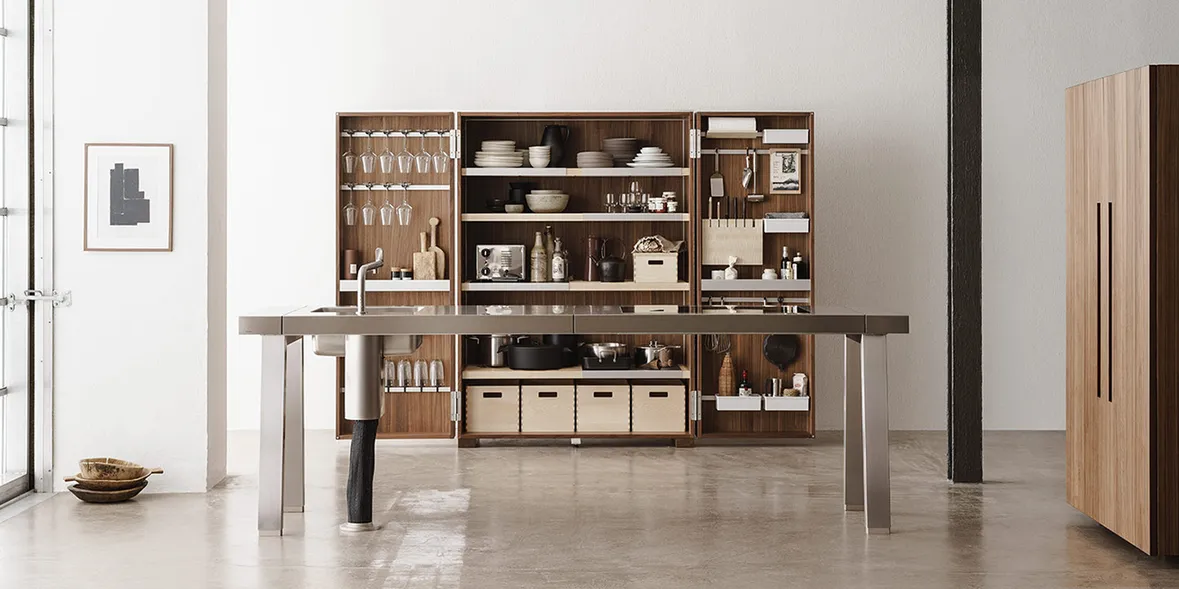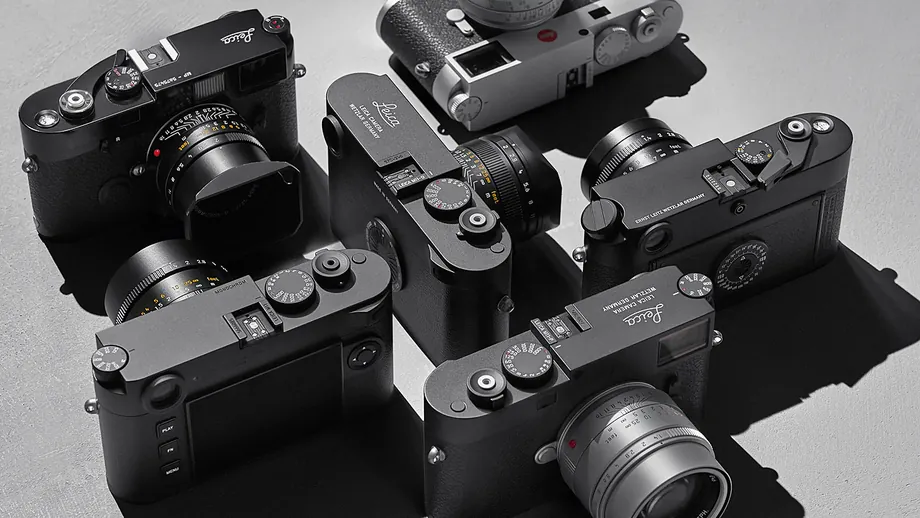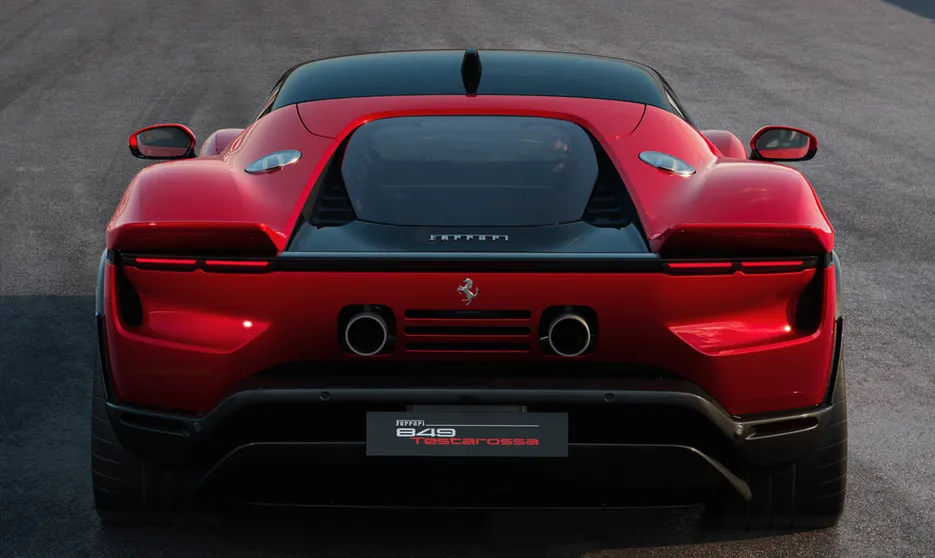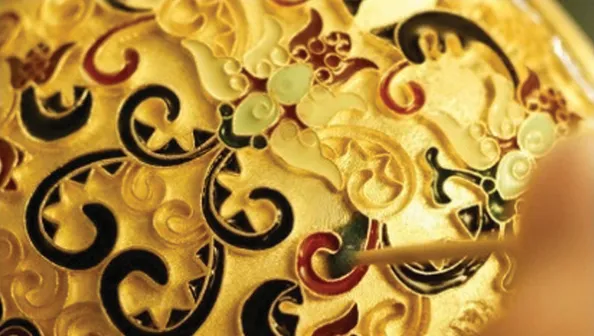Is a kitchen still just a kitchen?
Or has it become the cultural and emotional centrepiece of modern luxury living?
When I lived in Hamburg, the Bulthaup showroom felt like a temple of form, function, and restraint. You didn’t walk past — you paused, imagined, desired. Years later in Hong Kong, I found it again, in the same building as McLaren. Two worlds, one ethos: precision, presence, and objects that shape identity.
Now in Singapore, Bulthaup has opened its flagship on Duxton Hill with Madison Group. It is more than a showroom. The space includes the brand’s first café in Asia, where guests sit at the Solitaire table, enjoy Santino coffee, and live the brand in everyday moments. It is the same principle at work in Porsche Studio Singapore: creating a softer retail concept where people engage with the brand through experiences, conversations, and rituals — accessible without losing exclusivity.
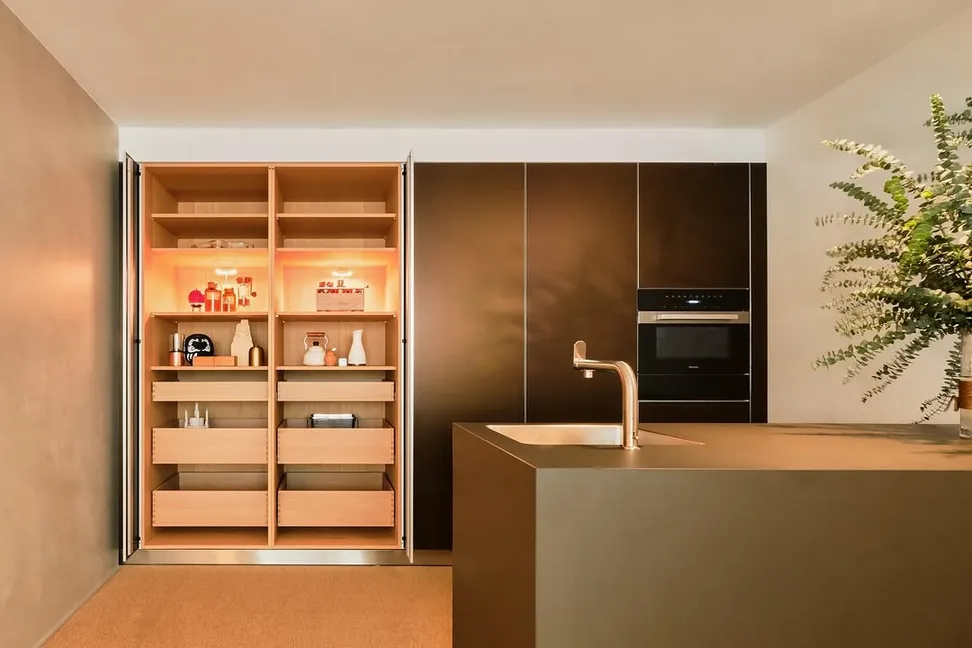
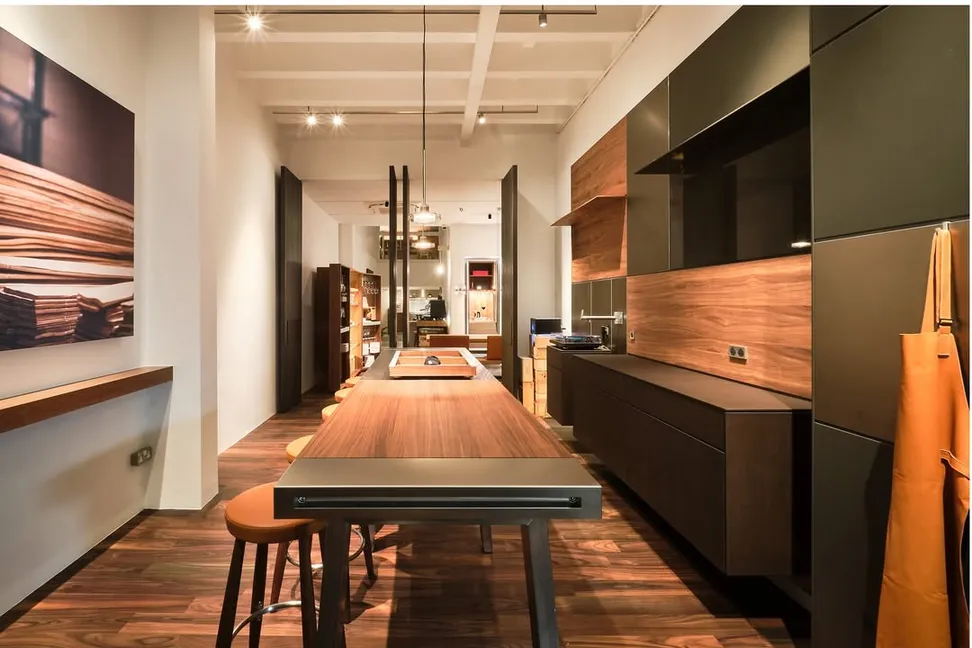
From cabinetry to culture
Bulthaup’s power lies in its philosophy. CEO Marc O. Eckert describes it clearly: “Bulthaup is not about kitchen. Bulthaup is about an attitude — an attitude for and towards life.”
This attitude shows in details: human-scale proportions, material honesty, and purposeful restraint. Importantly, Bulthaup pioneered the kitchen island as a social device. Before, cooking meant facing a wall. With the island at the centre, people face each other: one cooking, another opening a bottle of wine, both part of the same moment.
Why this resonates in Asia
Across Singapore, Hong Kong, Shanghai, and Bangkok, open-plan living and “dry kitchens” are increasingly aspirational. Hosting at home is evolving from occasional formality into intimate social ritual. In dense urban settings where space itself is scarce, a well-designed island communicates intent: this home is made for conversation.
This creates cultural capital — the unspoken marker of discernment more powerful than surface display.
Craft that carries meaning
Bulthaup remains based in Bavaria, producing just over 6,000 kitchens annually with a high level of hand finish. No two are the same. The systems are modular, adaptable, and made to evolve with life stages.
This aligns with the German concept of Enkelfähigkeit — building with the next generation in mind. In Asia, where family legacies and multi-generational wealth planning drive many luxury purchases, this philosophy resonates. It echoes the Patek Philippe principle: ownership as stewardship.
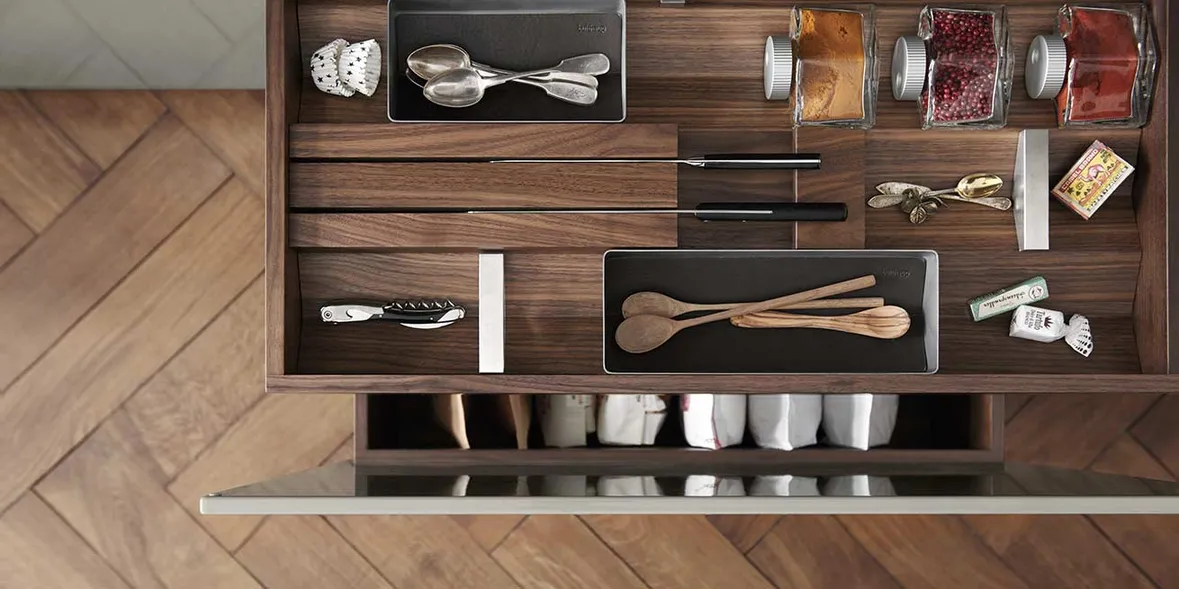
Retail as relationship
The Singapore café is not an accessory. It demonstrates Bulthaup’s principle in practice:
- Touch & time — Experiencing ergonomics, acoustics, and surfaces impossible to communicate online.
- Context — Coffee, hosting, movement around the island: real use-cases come alive.
- Community — Salons, tastings, design events: spaces for recurring cultural engagement.
This is retail as relationship, not distribution.
Lessons for Luxury in Asia
Bulthaup’s Singapore flagship is more than a retail opening. It signals broader lessons for luxury brands across Asia:
- Luxury as philosophy, not product. The strongest brands move beyond objects to embody attitudes, meaning, and cultural resonance.
- Retail as relationship. Softer environments — from Bulthaup’s café to Porsche Studio Singapore — build trust through experiences, not transactions.
- Generational responsibility. The principle of Enkelfähigkeit mirrors Asian family values, allowing brands to frame relevance across time.
- Design as storytelling. In markets crowded with “luxury kitchens,” Bulthaup wins not by loud design but by embedding restraint, purpose, and cultural depth.
- Hospitality at the core. Coffee bars, ateliers, or salons extend the brand into rituals that customers remember.
- Local relevance, global integrity. Adapting to Asian living patterns while staying faithful to global design codes strengthens both authenticity and desirability.
According to Knight Frank, Asia-Pacific’s luxury residential property market grew by 5.5% in 2024, with Singapore among the top three performing cities globally. This rising demand for lifestyle-centric homes underpins why concepts like Bulthaup resonate so strongly in the region.
Final Thoughts
The kitchen has evolved from background architecture into the cultural stage of modern life. Bulthaup anticipated this decades ago, building a brand where design, philosophy, and connection meet.
For Luxury in Asia, the lesson is clear: the future belongs to brands that create meaning, foster community, and design with generations in mind.
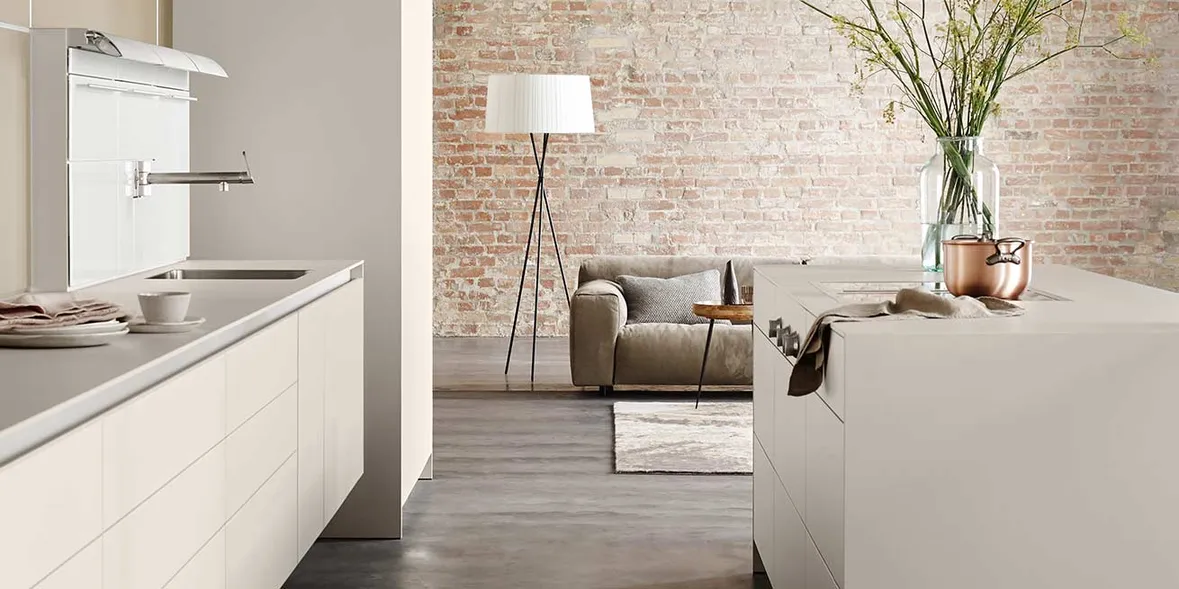
Photo credits: bulthaup.com/en
